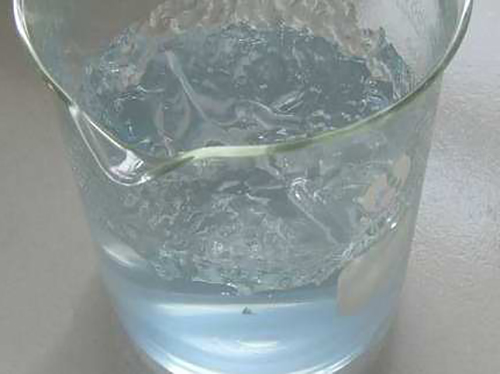PAM Chemicals for Effective Water Treatment Solutions and Applications
PAM Chemical for Water Treatment An Overview
Water treatment is a crucial aspect of environmental engineering and public health. As global populations continue to grow and industrial activities expand, the demand for efficient water purification methods has become increasingly urgent. One such method utilizes polyacrylamide (PAM), a synthetic polymer widely employed in various water treatment processes. This article delves into the properties, applications, and benefits of PAM in water treatment.
What is PAM?
Polyacrylamide (C3H5NO)n, commonly referred to as PAM, is a water-soluble polymer created through the polymerization of acrylamide monomers. Depending on its formulation, PAM can be anionic, cationic, or nonionic, allowing it to be tailored for specific applications. Its ability to absorb large amounts of water makes it an effective flocculant, a substance that promotes the agglomeration of suspended particles into larger clusters, or flocs. These flocs are then easier to separate from the water, making PAM a valuable asset in water treatment.
Applications of PAM in Water Treatment
PAM's versatility allows it to be used in various water treatment applications, including
1. Municipal Wastewater Treatment PAM is commonly used in municipal wastewater treatment plants to enhance the settling of solids, thus improving the efficiency of the treatment process. By promoting flocculation, PAM helps reduce the volume of sludge produced and enhances the clarity of treated water.
2. Industrial Water Treatment Many industries generate wastewater that requires treatment before discharge. PAM is employed in industries such as mining, oil recovery, and food production to facilitate the removal of suspended solids and contaminants.
3. Drinking Water Treatment In drinking water treatment, PAM is used to enhance the removal of impurities and improve water quality. It can effectively reduce turbidity, making it a vital component in the purification process.
4. Agricultural Applications Beyond traditional water treatment, PAM is also used in agriculture to improve soil moisture retention and enhance irrigation efficiency. This application, while indirect, plays a role in the overall management of water resources.
Benefits of Using PAM
pam chemical for water treatment

The incorporation of PAM in water treatment processes offers numerous advantages
1. Improved Efficiency PAM enhances the efficiency of flocculation processes, leading to reduced processing times and lower operational costs. By improving solid-liquid separation, it allows for quicker water recycling and reuse.
2. Reduced Chemical Use The effectiveness of PAM means that less additional coagulant is often needed, reducing the overall chemical footprint of water treatment processes. This not only minimizes costs but also lessens the potential environmental impact of treatment chemicals.
3. Versatility The ability to tailor PAM's properties (anionic, cationic, or nonionic) means it can be utilized across a wide range of applications, making it suitable for various types of wastewaters and treatment goals.
4. Environmental Impact PAM is biodegradable under certain conditions, and its use can lead to cleaner effluent discharges, ultimately contributing to improved water quality in receiving bodies.
Challenges and Considerations
Despite its numerous benefits, PAM use is not without challenges. Residual acrylamide, a toxic monomer, can be a concern, and regulatory bodies often monitor its levels in treated water. It is essential for water treatment facilities to adhere to guidelines regarding the safe use of PAM and ensure that its concentrations remain within permissible limits.
Furthermore, depending on the application, PAM can bind with other materials in the water, which may affect the overall treatment process. Therefore, ongoing research and development are crucial to optimize PAM formulations and enhance their effectiveness in varying conditions.
Conclusion
PAM plays an integral role in modern water treatment applications, offering improved efficiency, versatility, and reduced chemical use. As global water challenges continue to mount, the search for effective and sustainable treatment solutions will remain a priority. By leveraging the unique properties of PAM, water treatment facilities can enhance their processes and contribute to the sustainable management of water resources, ultimately safeguarding public health and the environment.
-
Water Treatment with Flocculant Water TreatmentNewsJun.12,2025
-
Polymaleic AnhydrideNewsJun.12,2025
-
Polyaspartic AcidNewsJun.12,2025
-
Enhance Industrial Processes with IsothiazolinonesNewsJun.12,2025
-
Enhance Industrial Processes with PBTCA SolutionsNewsJun.12,2025
-
Dodecyldimethylbenzylammonium Chloride SolutionsNewsJun.12,2025





